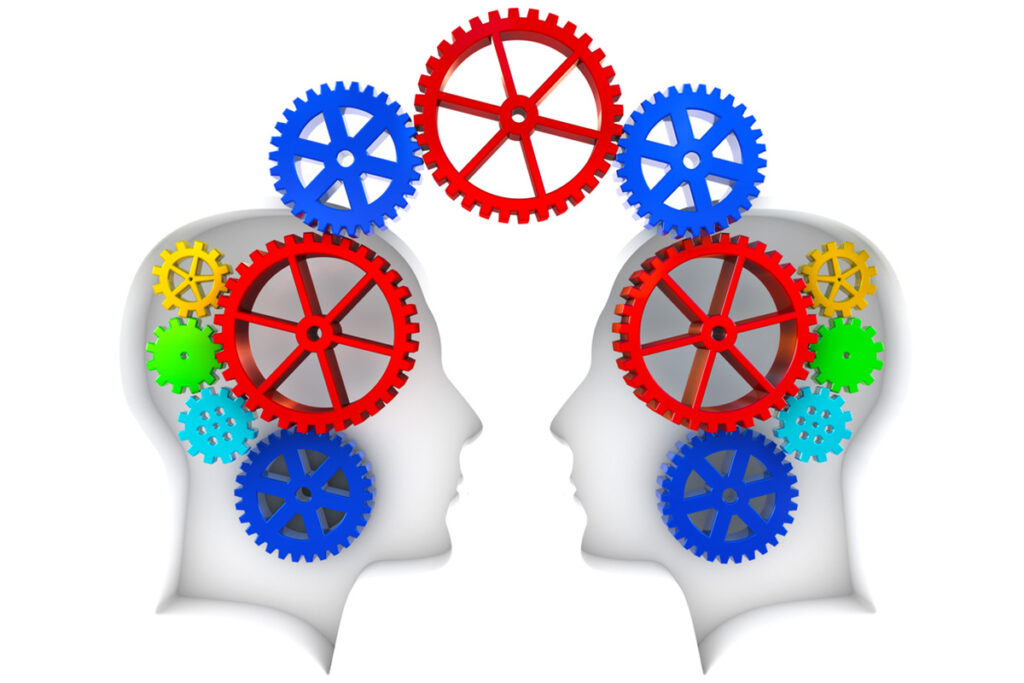So what does that mean?
If you are like us – the pandemic may have provided an unprecedented opportunity to take in some great content – whether you were swooning over Bridgerton, obsessing over the Queen’s Gambit, or waxing nostalgic over The Crown – the odds are you could not get enough of your favorite shows and are likely hitting refresh on one of your browser tabs right now to see when your favorite show may be coming back. Netflix has mastered the art of earning our discretionary time and attention. Not bad for a company that started as a video store (#BeKind.Rewind)
So, when we hear learning leaders or learning professionals talk about wanting to create the “Netflix” experience for their learning, we are often intrigued – and lately have begun to ask ourselves what exactly does that mean? We know it will mean different things to different people – but as we have centered in on this question, we believe it comes down to psychology (brain stuff), technology (user experience), and content (I mean Bridgerton, House of Cards, The Queen’s Gambit to name a few!).
Let’s get Brainy…
There are three psychological principles that are at the heart of what drives almost 15% of the world’s internet traffic to Netflix, the principle of reciprocity, the cocktail party effect, and the idleness aversion principle. As humans we all know the principle of reciprocity – quite simply, you must give to get. So how does that play in the world of Netflix? Think about coming to the Netflix site for the first time, and how easy it would be to fall into a death scroll as you look through all the possible content to consume. It can be a bit overwhelming. Netflix realized this early on – they asked their customers what they wanted, and they said, “show me everything you’ve got”! The result – cue a death scroll – no one signed up for Netflix, no one binged watched content. Showing too much content was good for window shopping,but not for consumption.
Netflix adjusted using the principle of reciprocity and experimented with the use of imagery that would provide representation of a robust catalog, without requiring an individual to consume the whole catalog – and viola – the path from browsing to consumption was shortened. So what does this mean for corporate learning and development? The first thing it means is you need to consider your catalog strategy and how your learners experience it – how easy is it for a learner to understand the robustness of your catalog? Can they visual navigate to a content catalog that is most meaningful to them in their moment of need? Or does your content catalog cue the death scroll?
“Did you hear the one ”, and across a crowded room, with tons of chatter, the clinking of glasses, and some sweet, sweet jams – you are laser focused on the story being told. This is the cocktail party effect – the brain’s magical ability to focus on what is more important to you – which in this case is you. So how does Netflix harness this in the ways in which they draw in their users? If you are a Netflix user like us, then you have no doubt taken a spin through their Top Picks for . This algorithmic personalization makes Netflix feel personal to you – and it works – more than 80% of shows watched over the past two years were driven by the recommendation engine. The fact that consumers want personalization is not new, Accenture has found that consumers are more likely to buy from an online retailer that:
- Recognizes them by name (56%)
- Recommends options based on past purchases (58%)
- Knows their purchase history (65%)
- Offers any of these three options (75%)
Brands have figured out how to give them our discretionary spending – how can we translate that into how we get our employees to give us their discretionary effort when it comes to learning? Does your learning technology feel personalized to them individually? If a learning organization is not providing the level of personalization that the average online retailer is providing to consumers – or even that your organization may be providing to your customers – why would you expect your learners to give their discretionary time to learning on your LMS?
We have all had that feeling. We just watched the third episode of second season of and you get that nagging feeling that maybe it is time to do something else, something more productive – but nothing comes to mind – and show you hit play, and skip the intro – and dive into episode four -cue the theme song – and the walk and talk with Josh and Toby….. why is binging your favorite show so easy – it is because Netflix knows that humans in general abhor being idle. Humans prefer to be busy – sometimes even if we are forced to – this is the Principle of Idleness Aversion.
As a learning organization, how are your building catalysts to spark learners in your organization? For example, are you sending out emails to invite learners back to the LMS or learning portal when they have not visited in the last 30, 60, 90 days? Are you notifying learners when new programs they may be interested in might become available? What are the strategies learning can employ in order to be there in those moments of idleness – when your employees are ready to look for the latest fluffy puppy video – and encourage the use of the moments for meaningful learning and skills development?
In our next post in this series we will dive into the technology and user experience aspects of this question. We hope that you will all tune in! We are all in this together, and together we learn.

